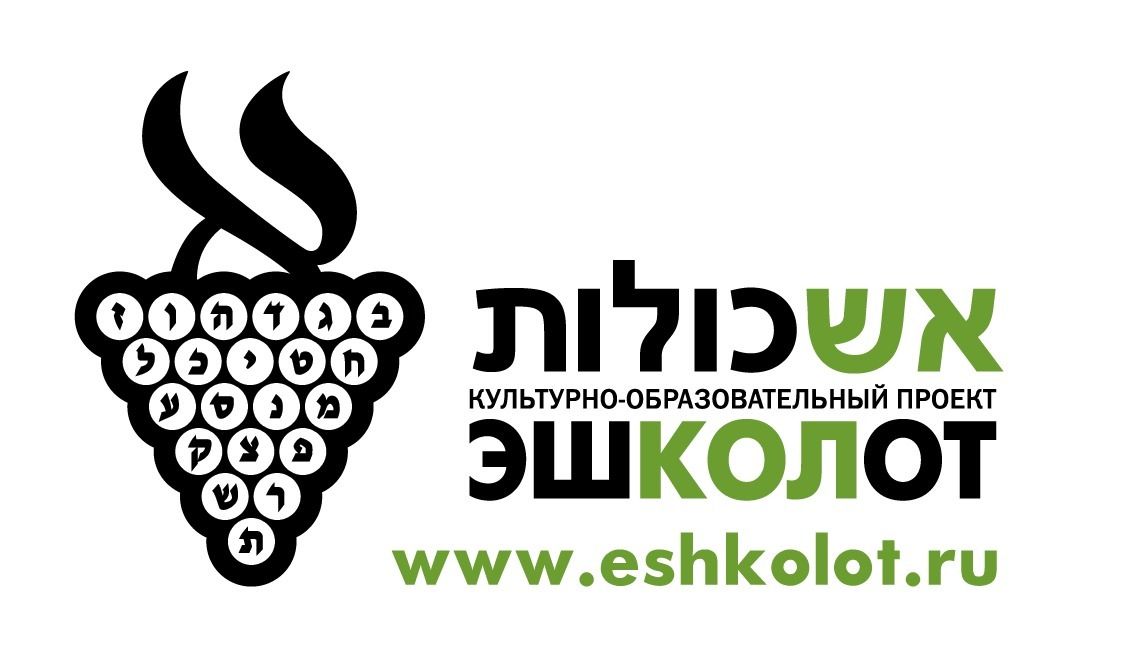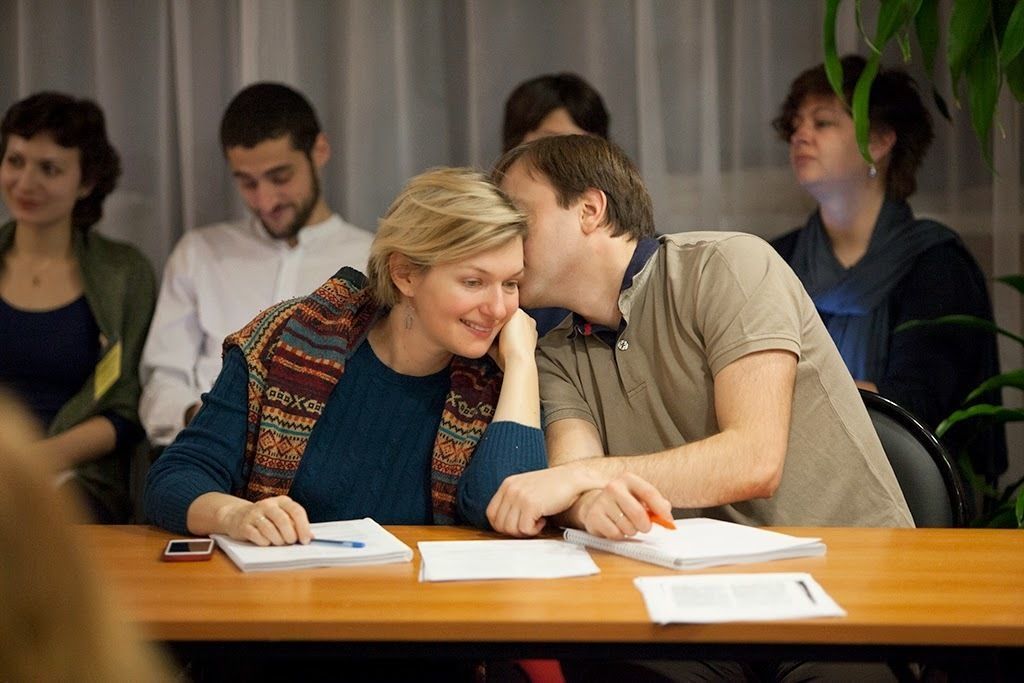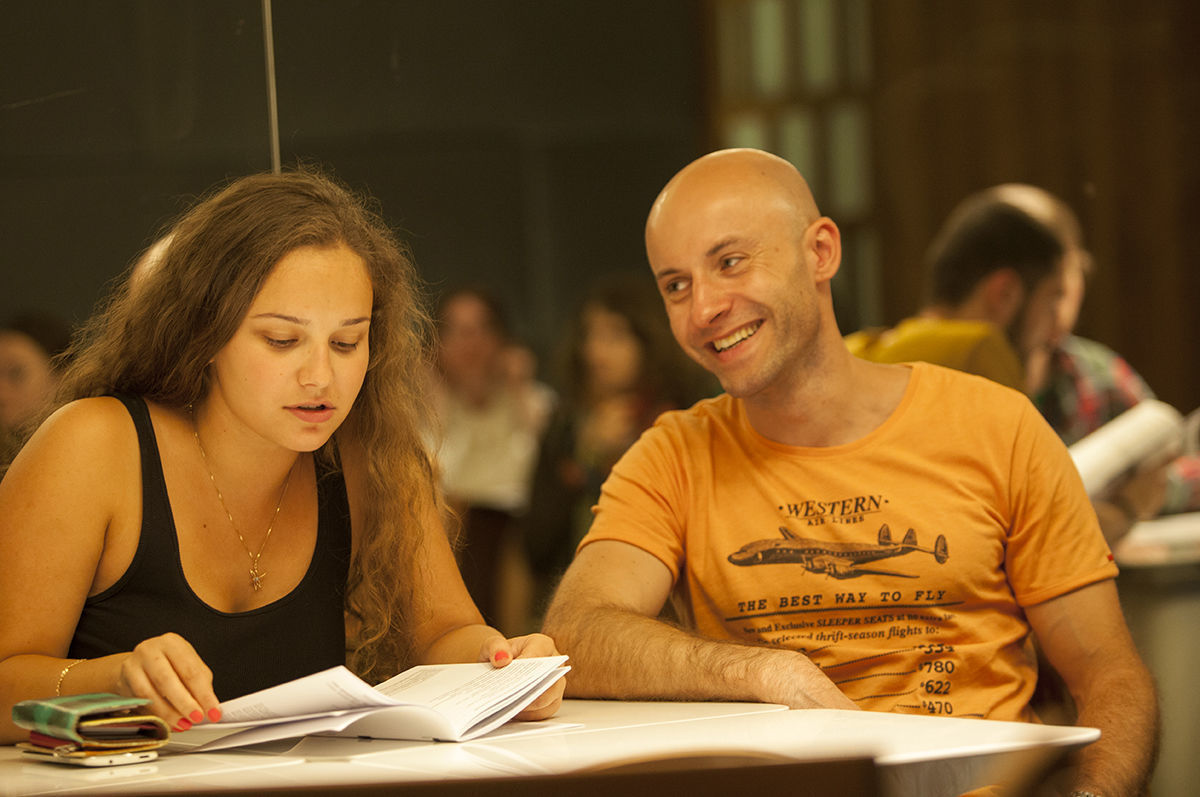Mini-course of four “slow reading” workshops focused on classical European art and related Biblical texts with historical, philological, anthropological and iconographic commentary.
Slow reading is inspired by the traditional practice of reading and interpreting sacred texts, and also by Slow Food ideas applied to reading in the age of Facebook and blogs. Already a century ago Russian philosopher Mikhail Gershenzon wrote:
Contemporary reader does not see words, because he doesn’t look at them. On the run he notices only the fleeting shadows of words and combines them into some weightless message, ephemeral as the shadows that it consists of.
Slow reading is also inspired by literary criticism and philosophy of the XX century (semiotics, reader-response criticism). Various “speed bumps” are used to slow down the process of reading – usually it is some external aspect which opens the text to a social, historical or cultural context. This is the principle difference between “slow reading” and “close reading”, which closes the text upon itself. The concepts of “text” and “reading” can also be expanded to other sign systems like painting, cinema or architecture.
Why the key to understanding of many classical works of European art are hidden in the ancient Oriental text? Can you “read” the paintings of Rembrandt or Chagall based on the artist’s interpretation of the sacred text, without immersing oneself in the mysteries of that text? Why “visual commentary” of great artists can reveal hidden aspects of classical texts?
The relationship between textual and visual is a subject of theoretical investigation by many scholars like Roland Barthes, Yuri Lotman, Mikhail Bakhtin, Erwin Panofsky, John Berger, Terry Eagleton and Giorgio Agamben (see the reading list compiled by the Garage Library), but nothing can substitute the immediate experience of reading and discussion.





